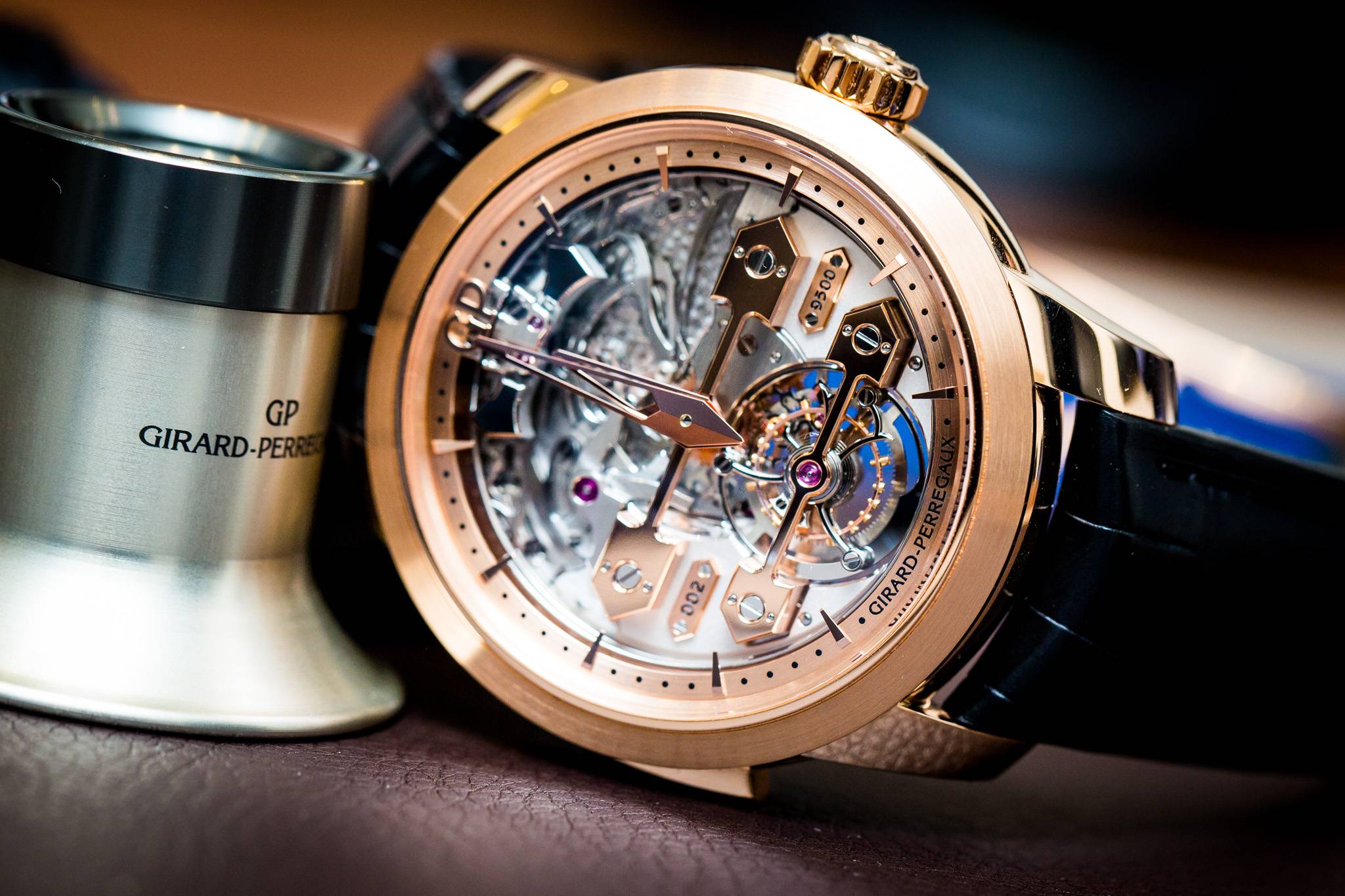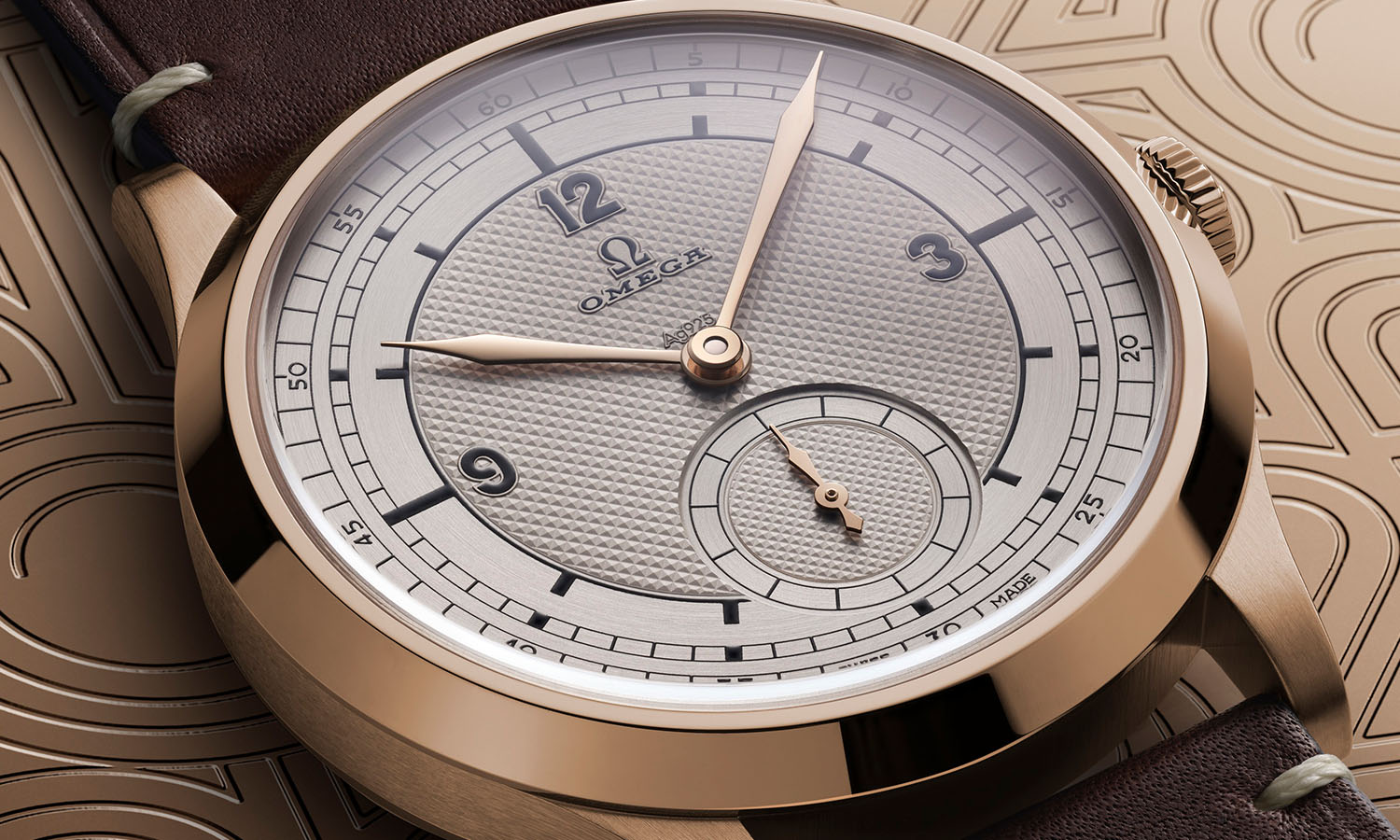
Audible Ecstasy: Exploring The Minute Repeater
Minute repeaters are among the most difficult complications to create, yet also one of the most desired by watch collectors and connoisseurs. While many watches offer you a visual spectacle, the audible is usually limited to the ticking of its movement, or the chirping of its alarm, if your watch is fitted with this function.

As a complication, the minute repeater is surprisingly old, but there also lies its practical use. Invented at the end of the 17th-century, repeater watches gave its owners the opportunity to check the time when it was not possible, or very inappropriate, to do so in any other way. The first repeater pocket watches featured a hammer that hit the back of the watch itself, creating a very faint sound, as well as a small vibration, which could be felt when the owner had his watch in his hand when he triggered the mechanism.

The repeater watches continued to become more and more refined over time. A small bell was incorporated in the watch for the hammer to strike on, and next to the hours, it soon became also capable of chiming quarters, five-minute intervals, until in the mid 18th century the minute repeater emerged. By, usually, pulling a slide on the side of the watch, it would first chime the hours in a low tone, then the quarters in a double tone, and ended with the minutes in a high tone. Back then the complication was as much in demand for its horological refinement, as it was for its practical use. There was no electricity yet, so the minute repeater allowed its owners to know the time without going through the trouble of actually lighting a candle or gas lamp.

It was Abraham-Louis Breguet who, in 1783, would replace the bell inside the case with wire gongs that wrapped around the movement. By this, he not only greatly increased the quality of the sound, but it also allowed him to limit the thickness of the movement. With this, he created the way most minute repeaters are still constructed today.

To judge a minute repeater, you obviously need to hear it. A good minute repeater has a clear, clean and rich sound to it, free from any interference and well paced, not too slow and not too fast. To accomplish this requires remarkable craftsmanship and expertise. Although now the practical need for a minute repeater has pretty much ceased to exist, the audible ecstasy that is given is hard to resist for any watch collector or connoisseur!
 SIGN UP
SIGN UP










